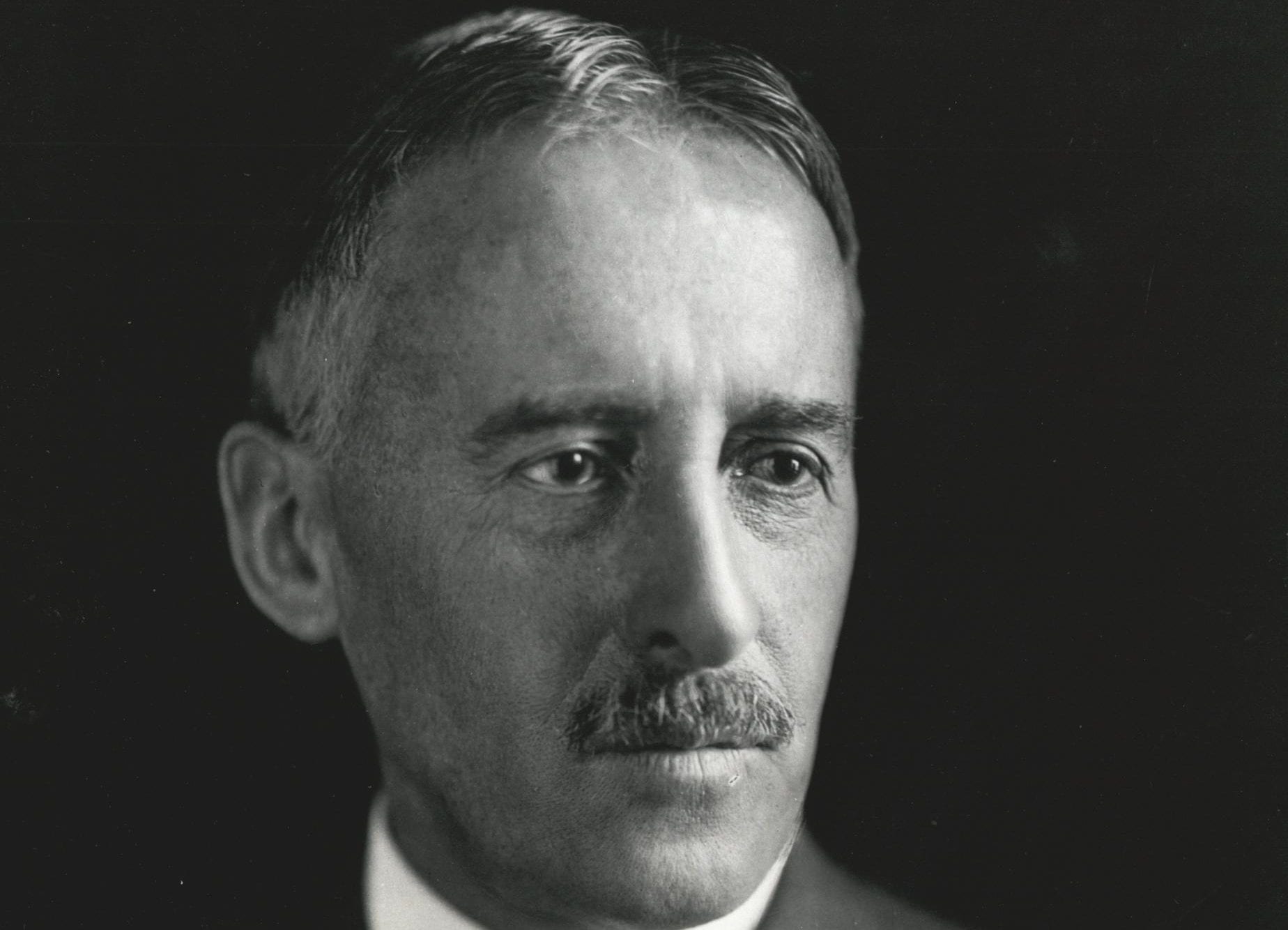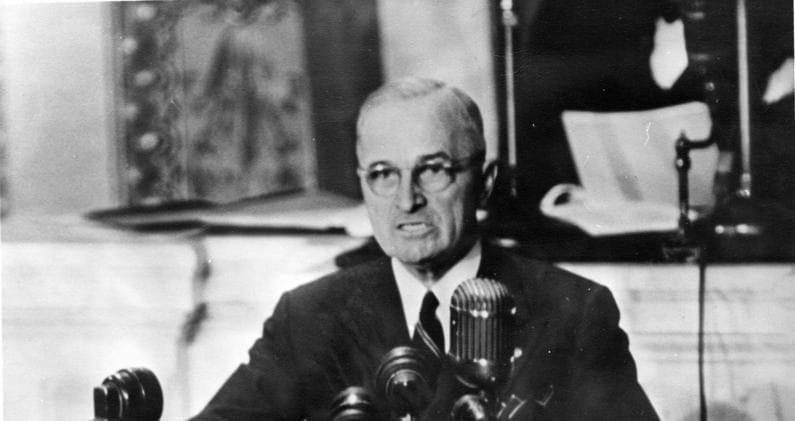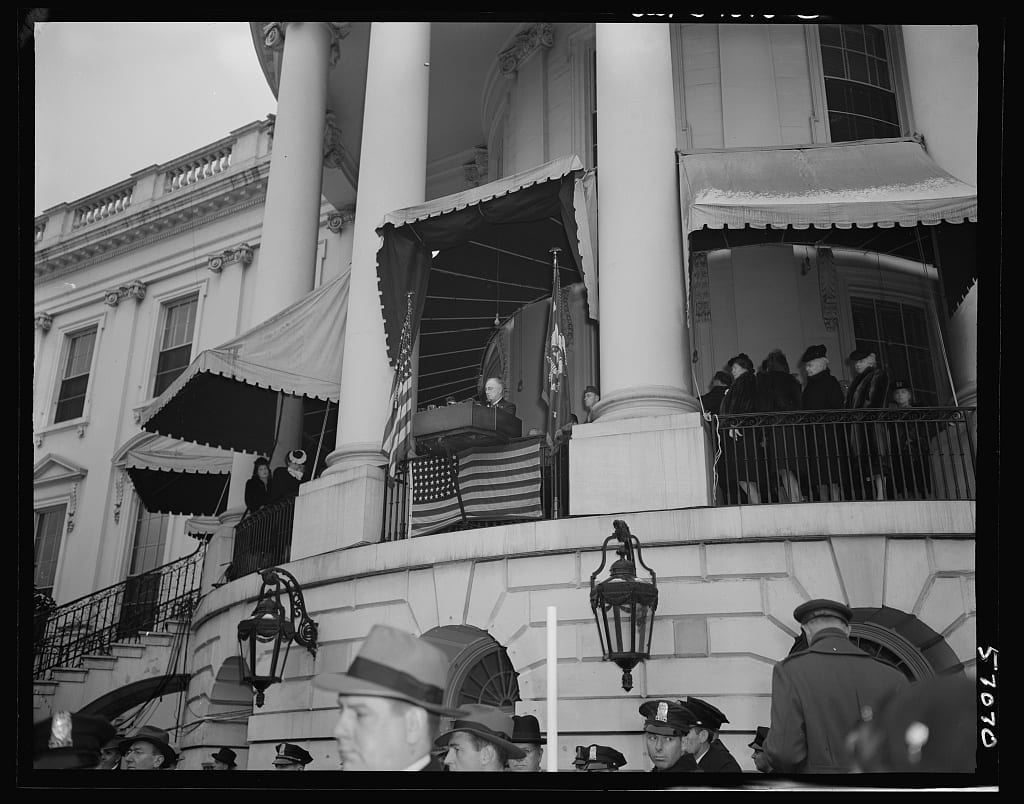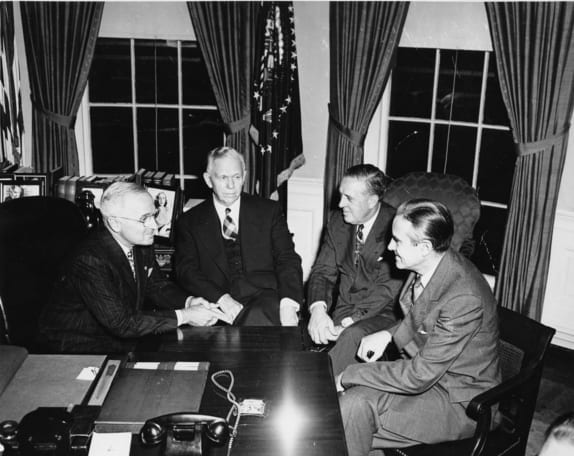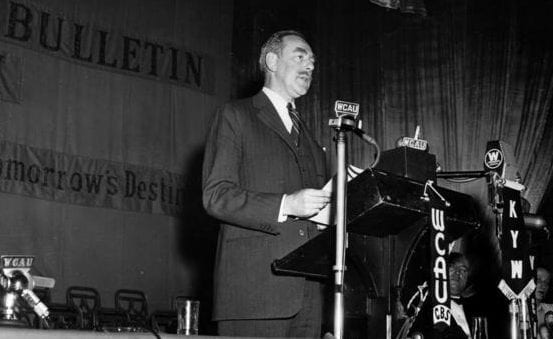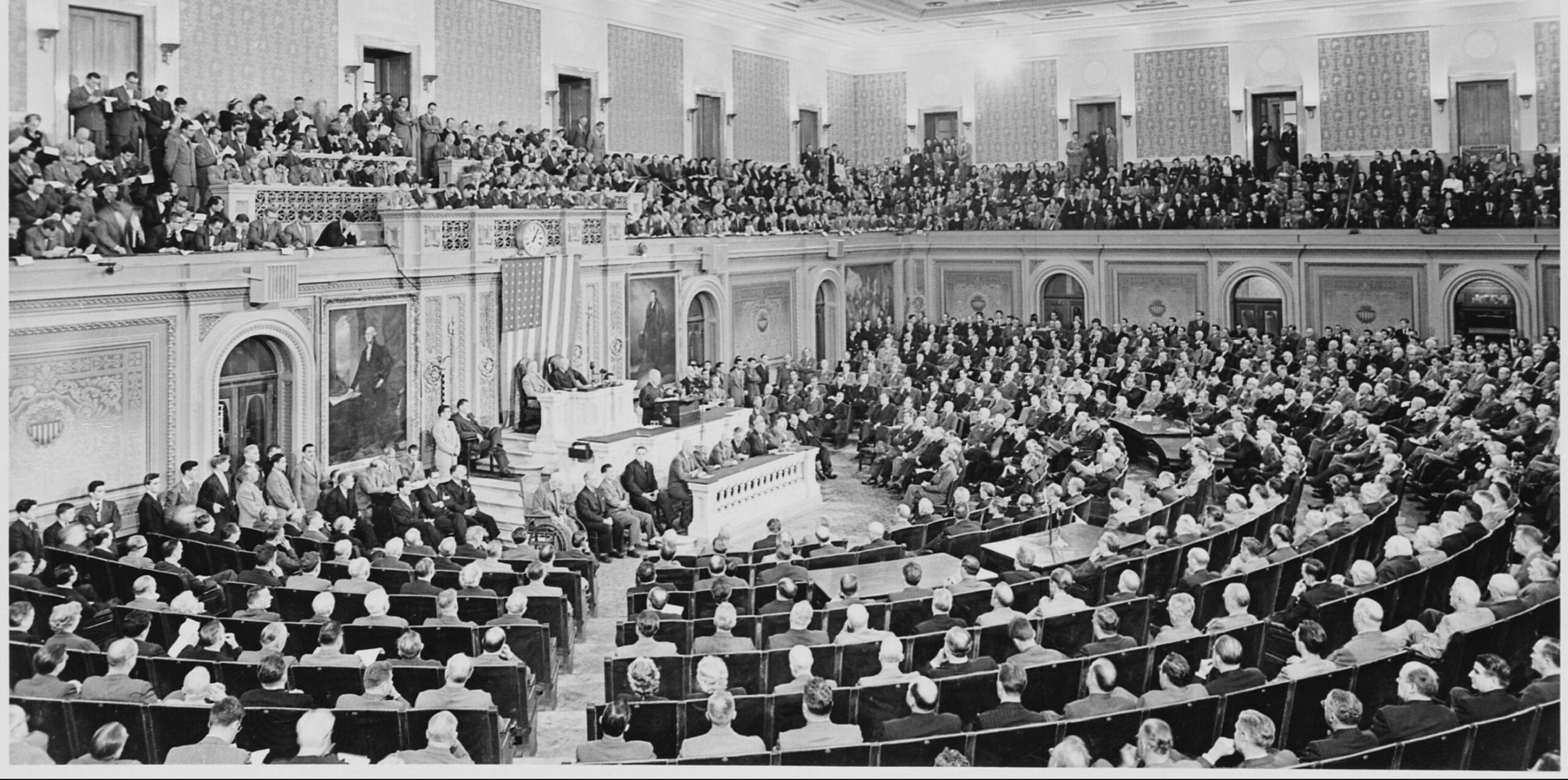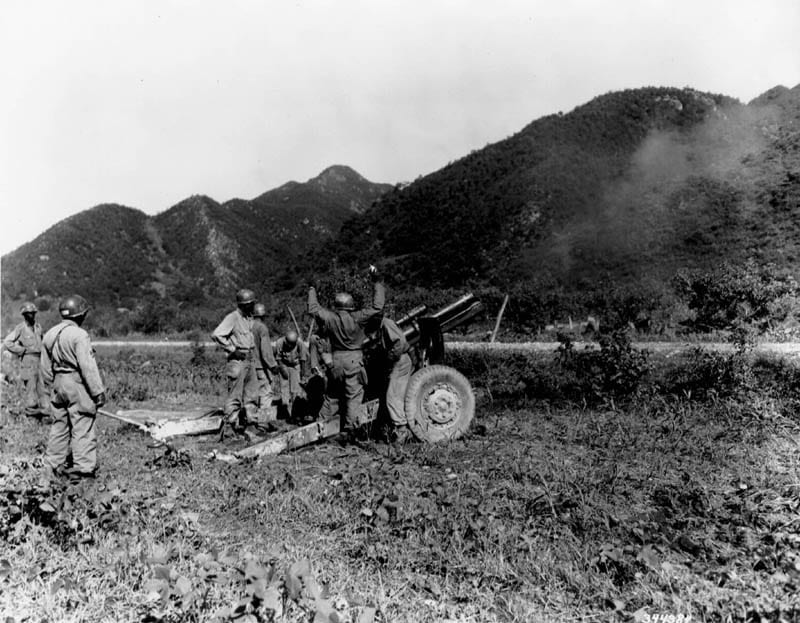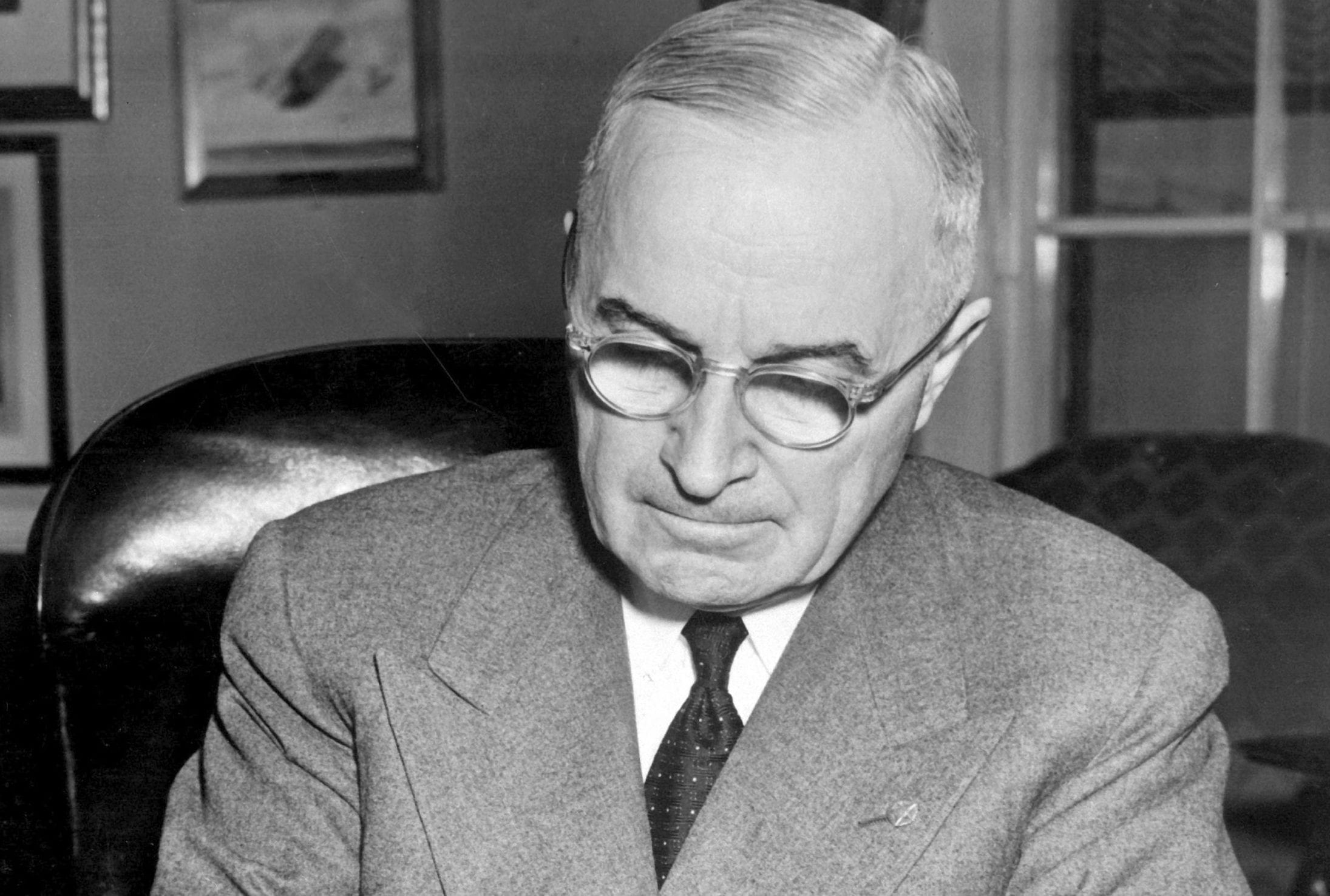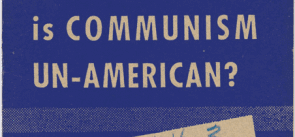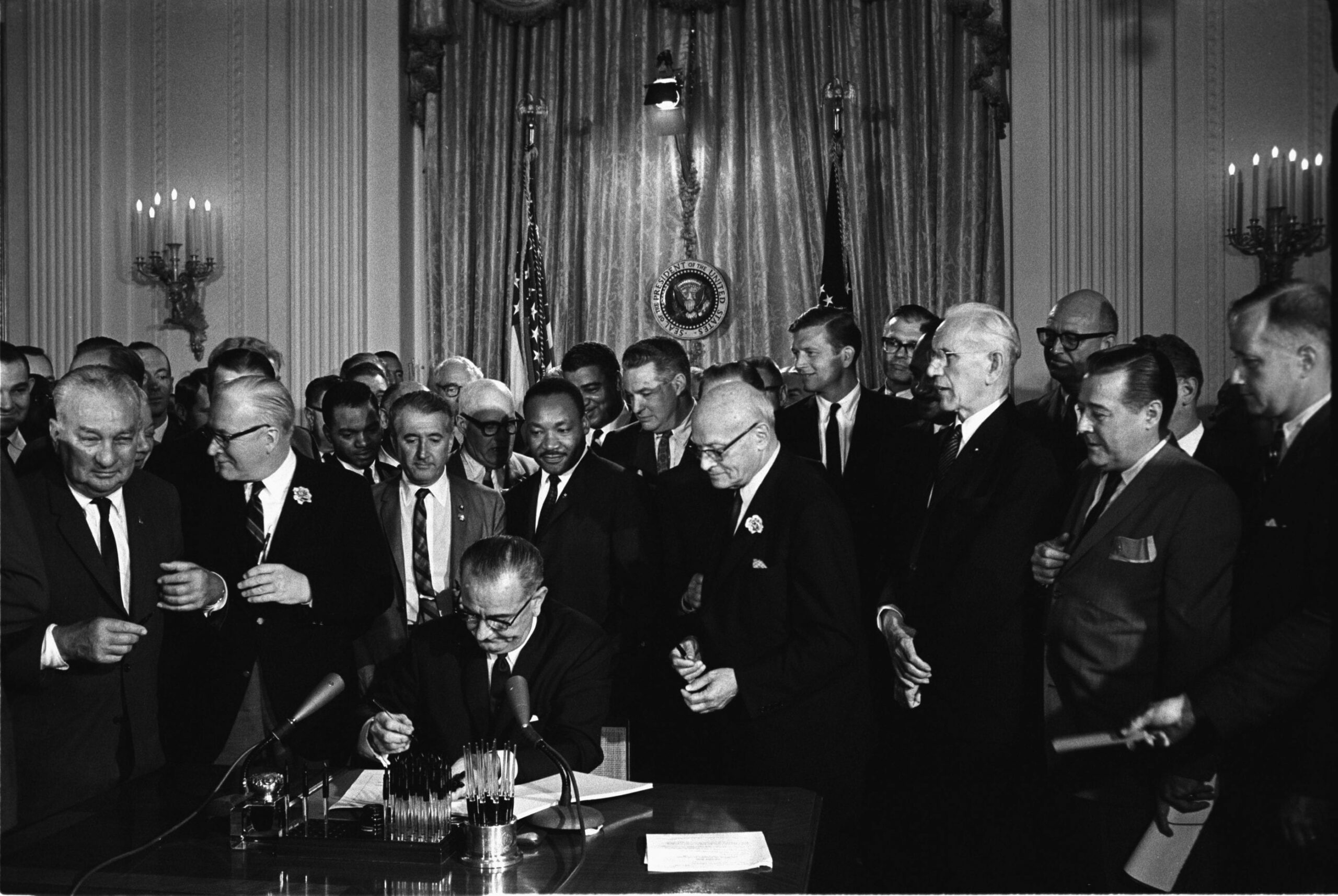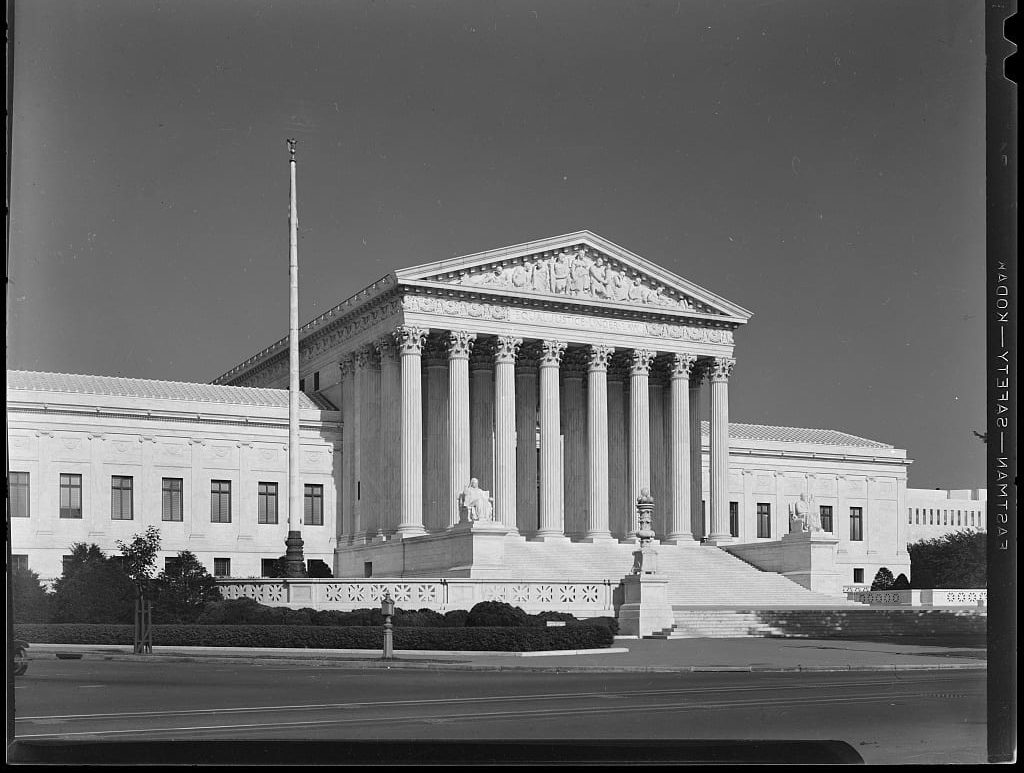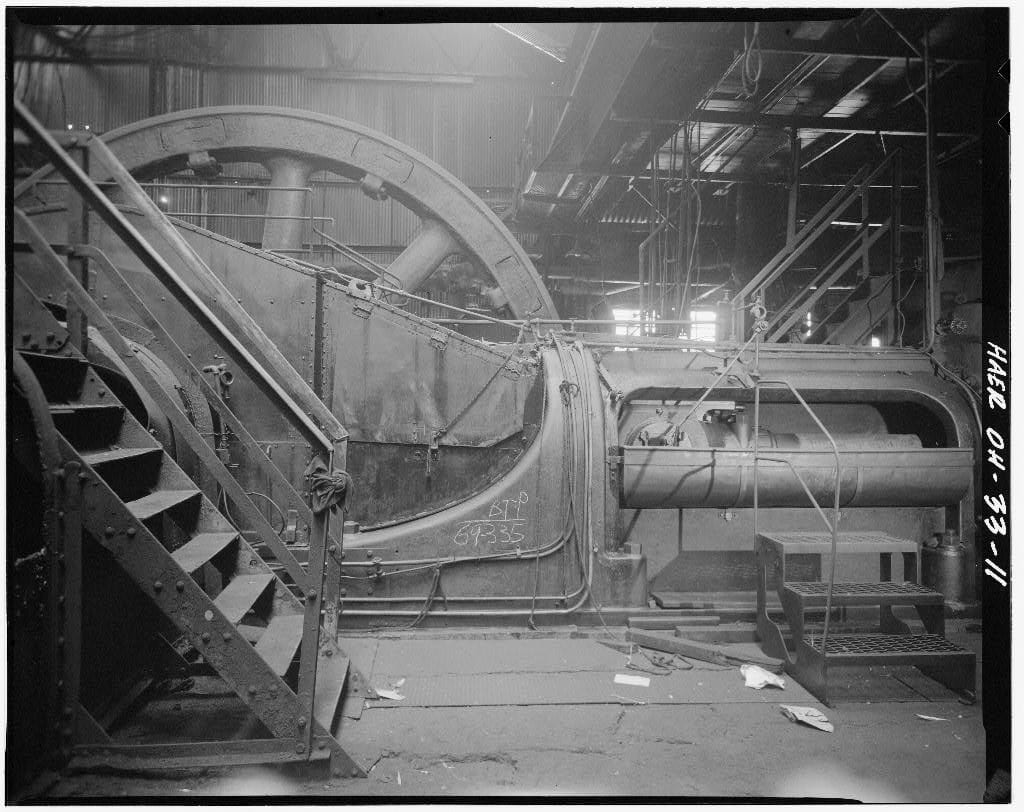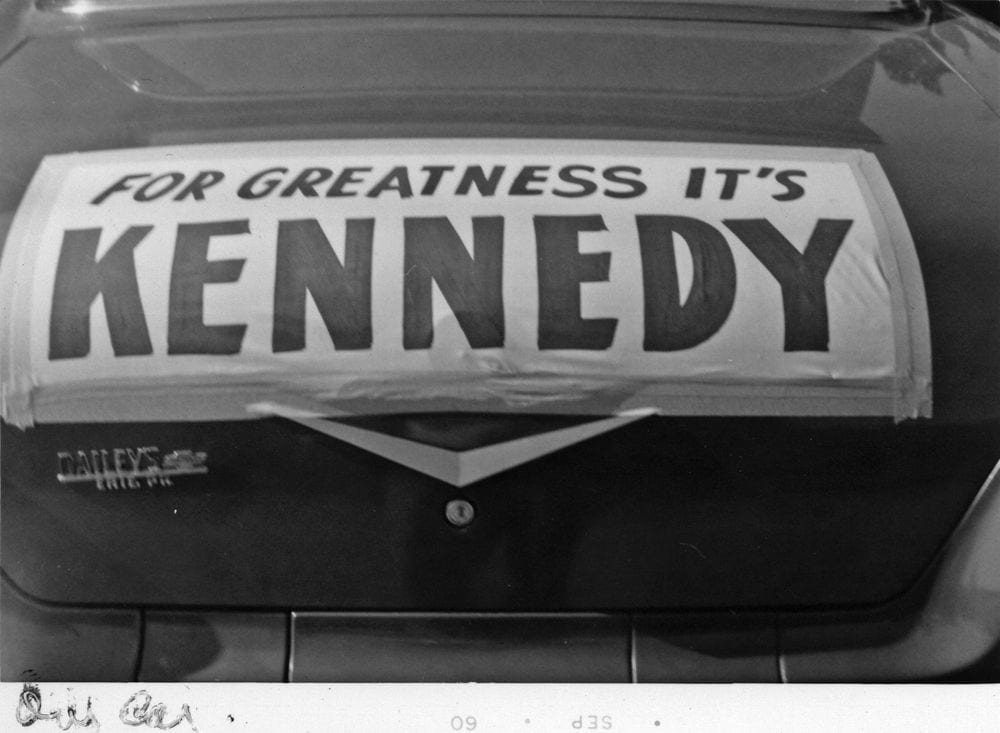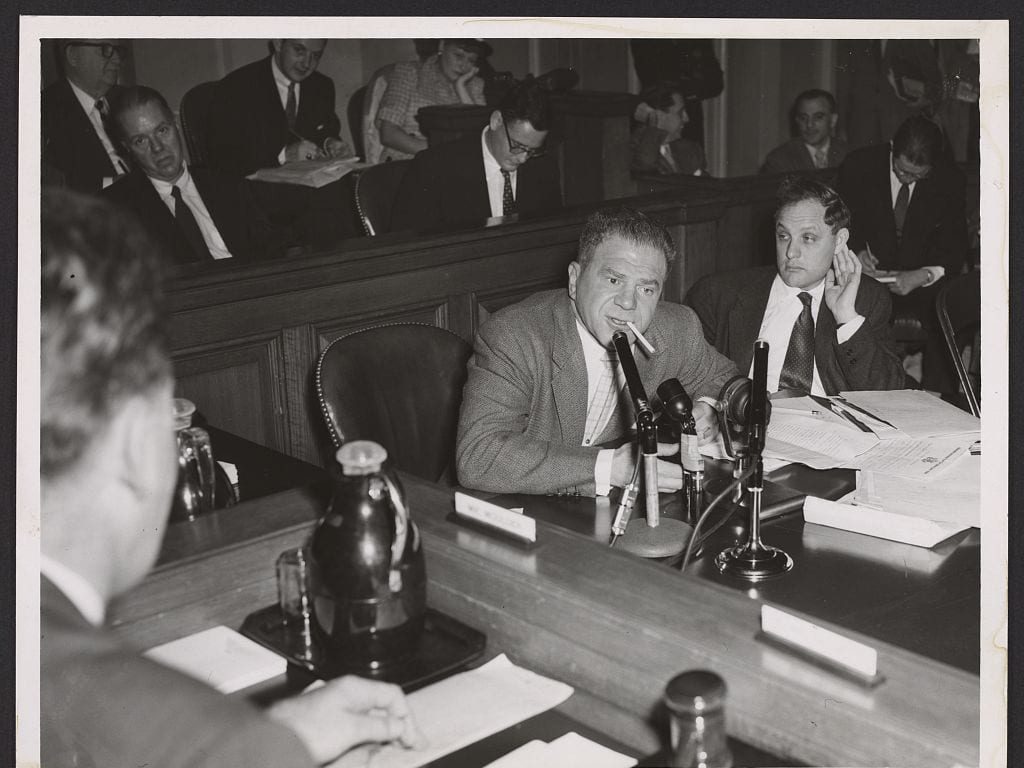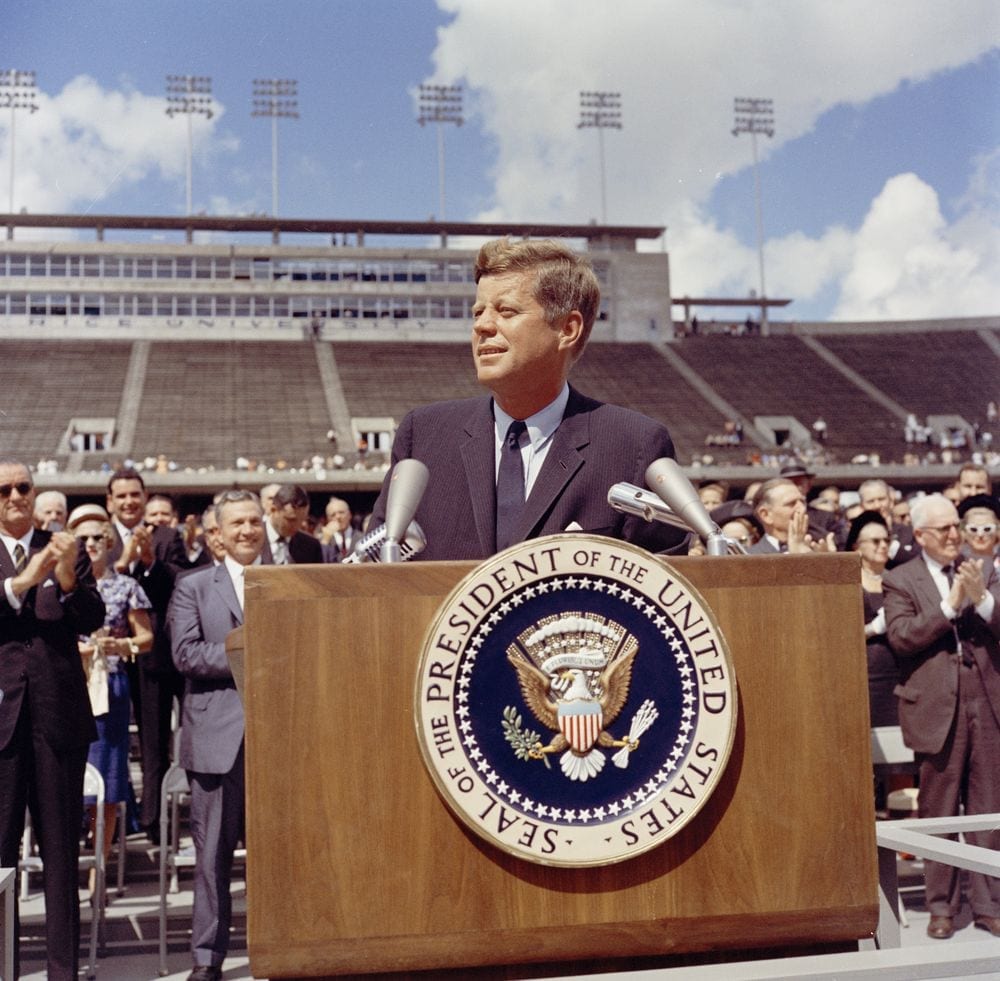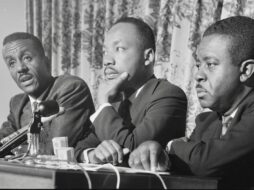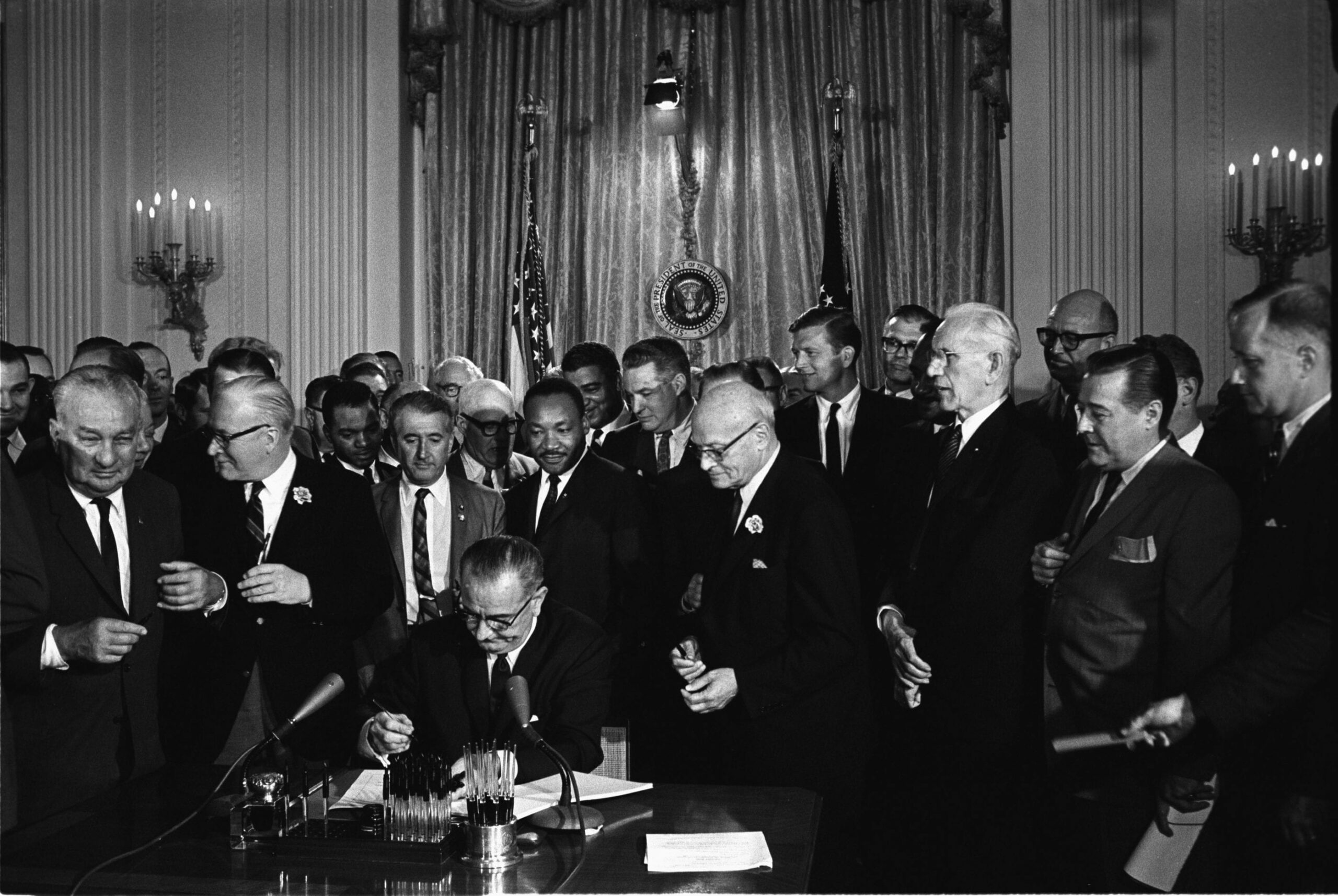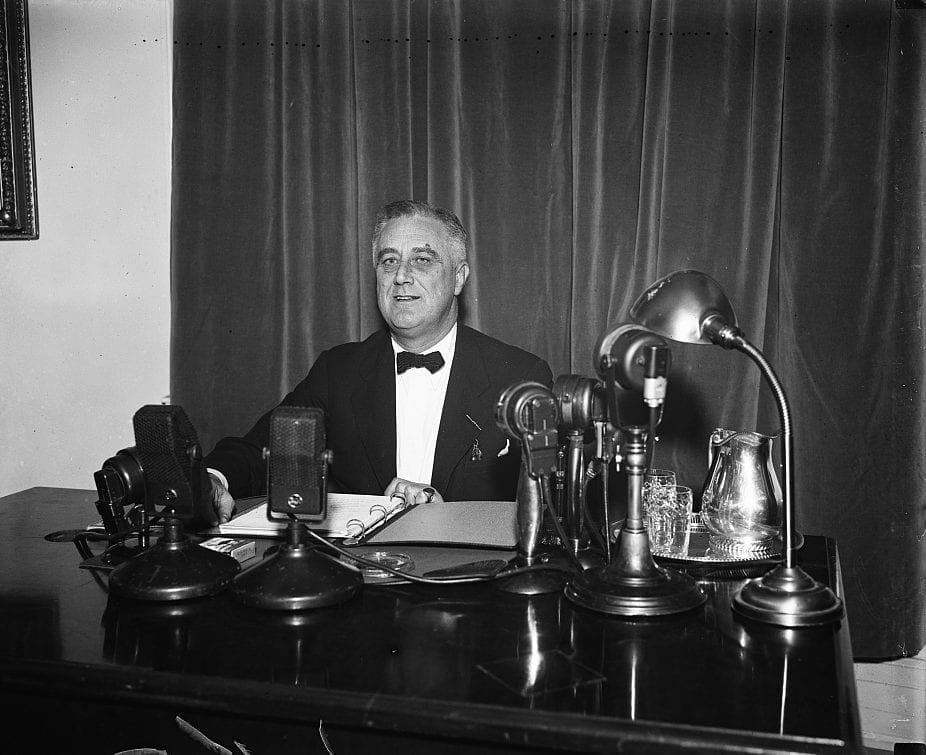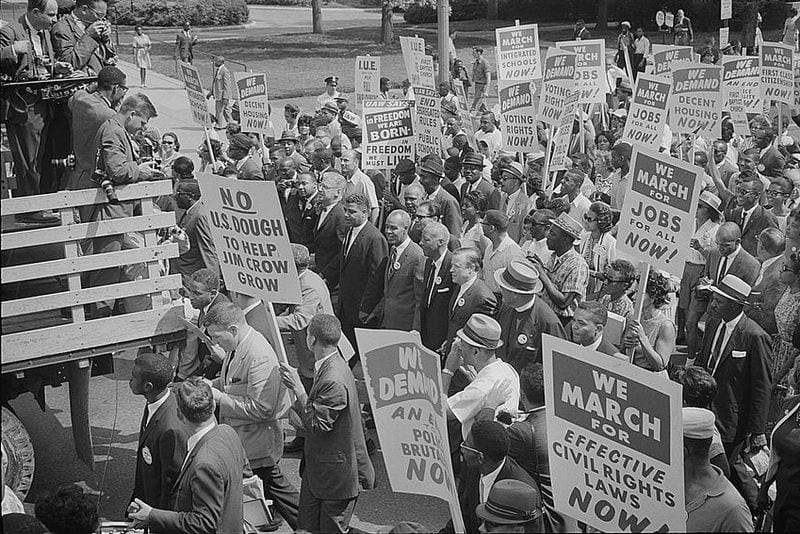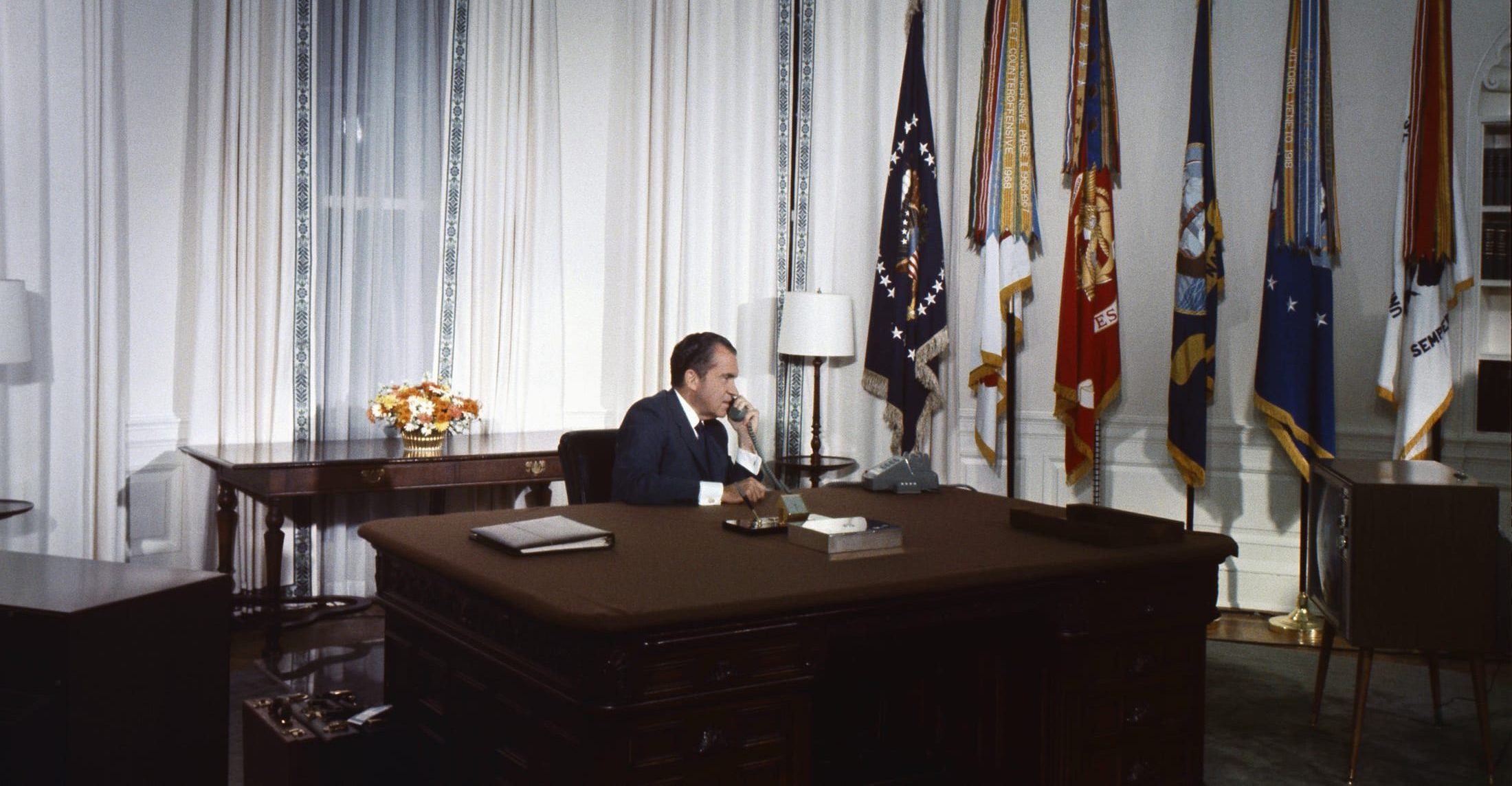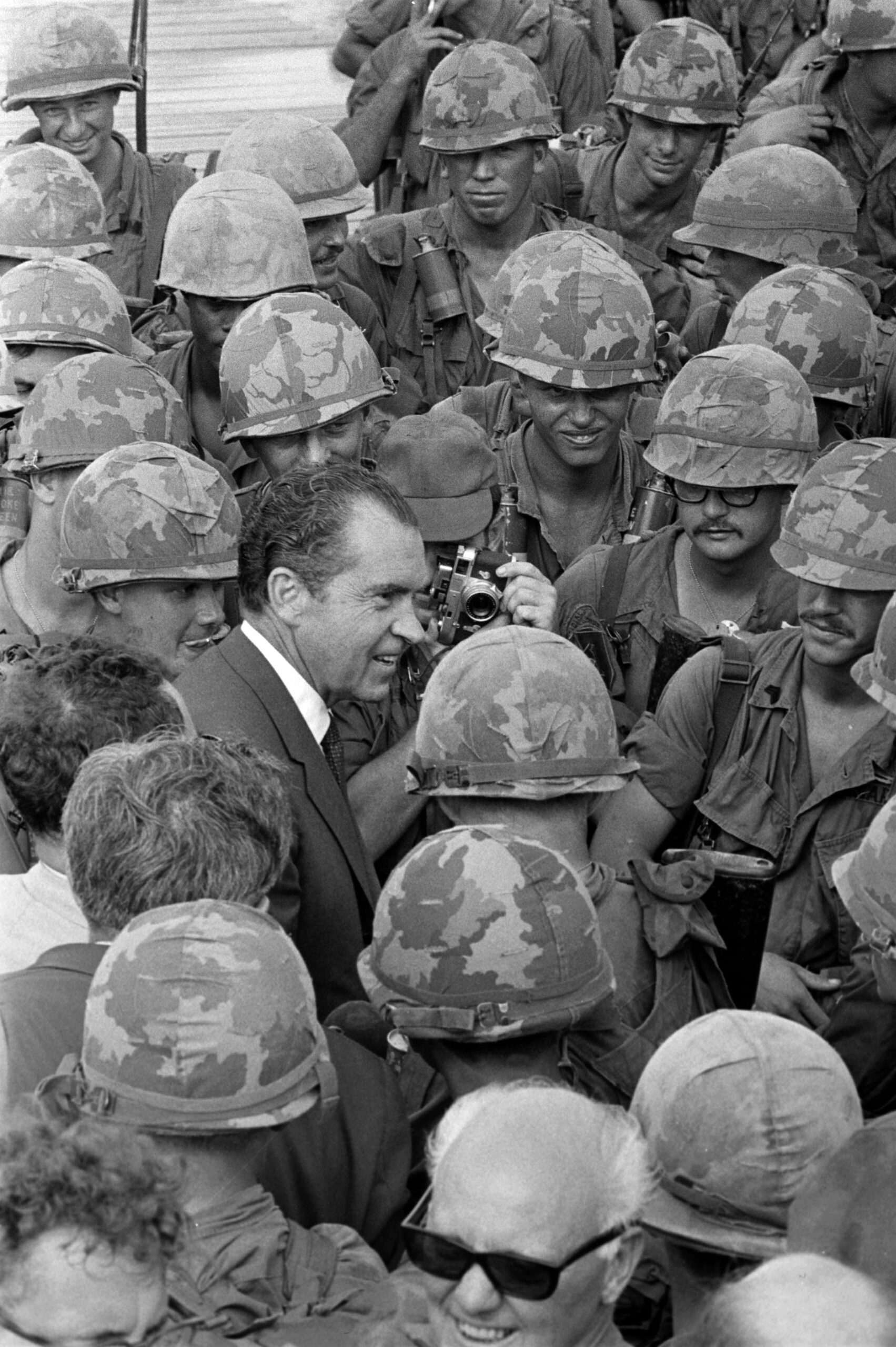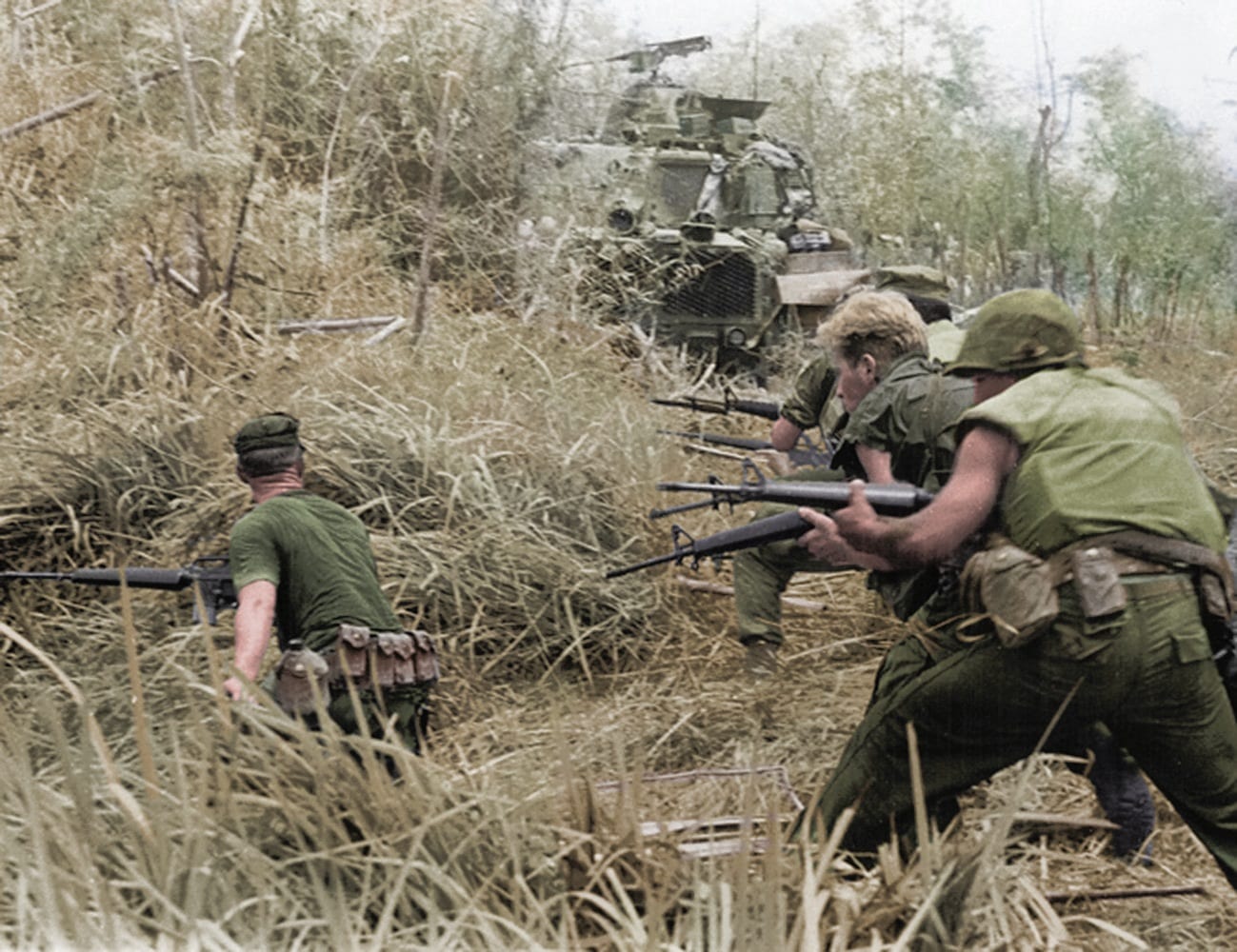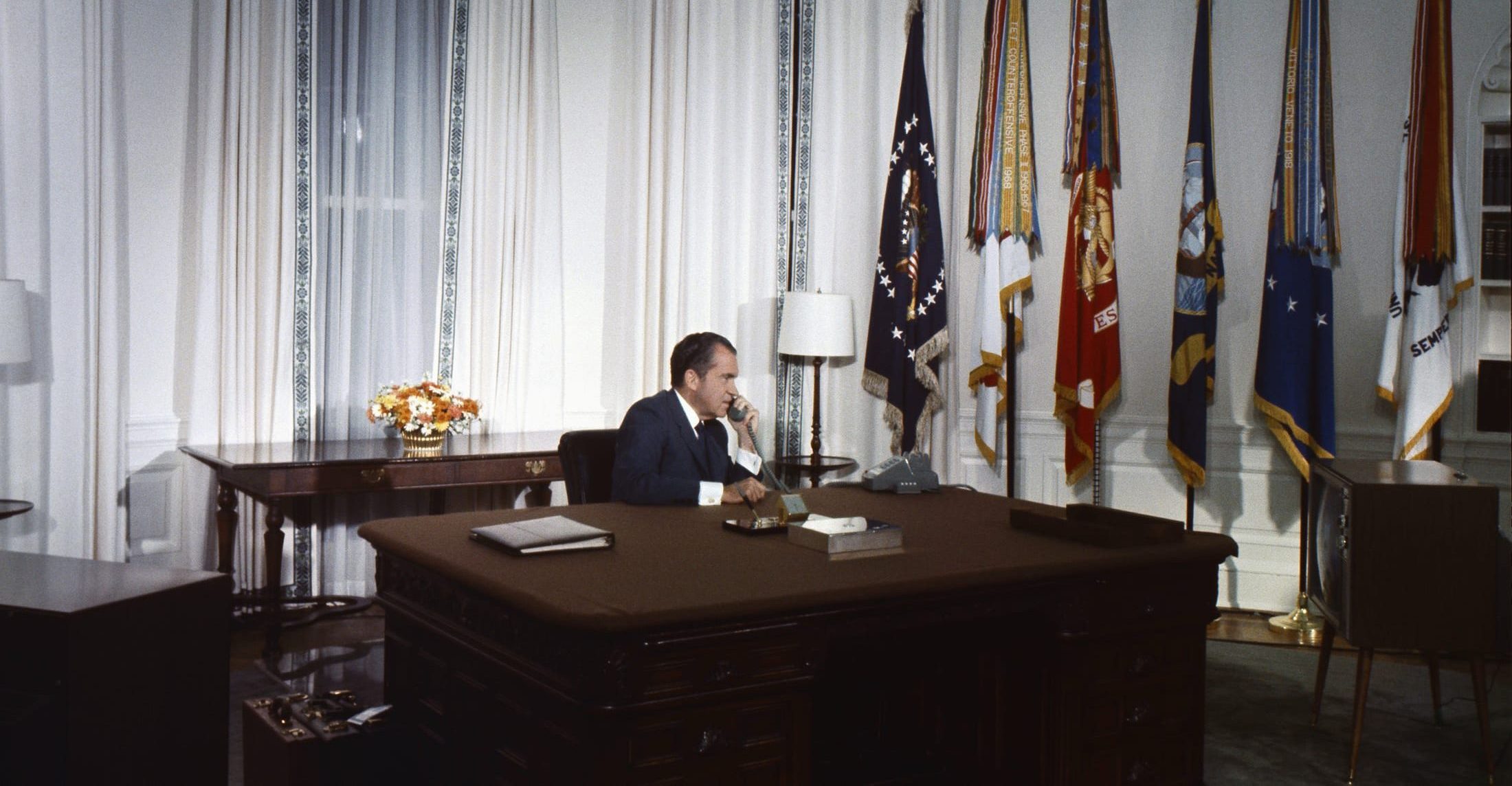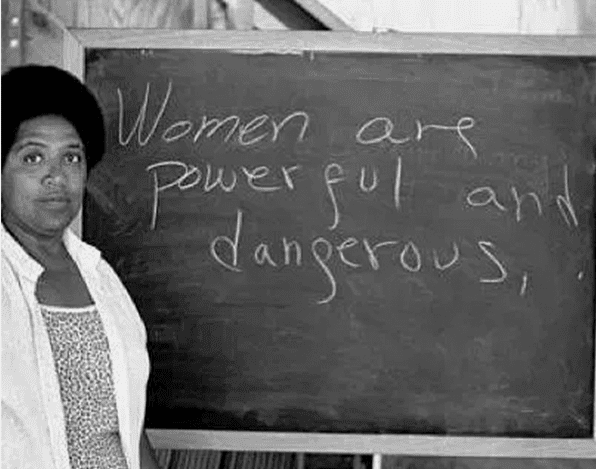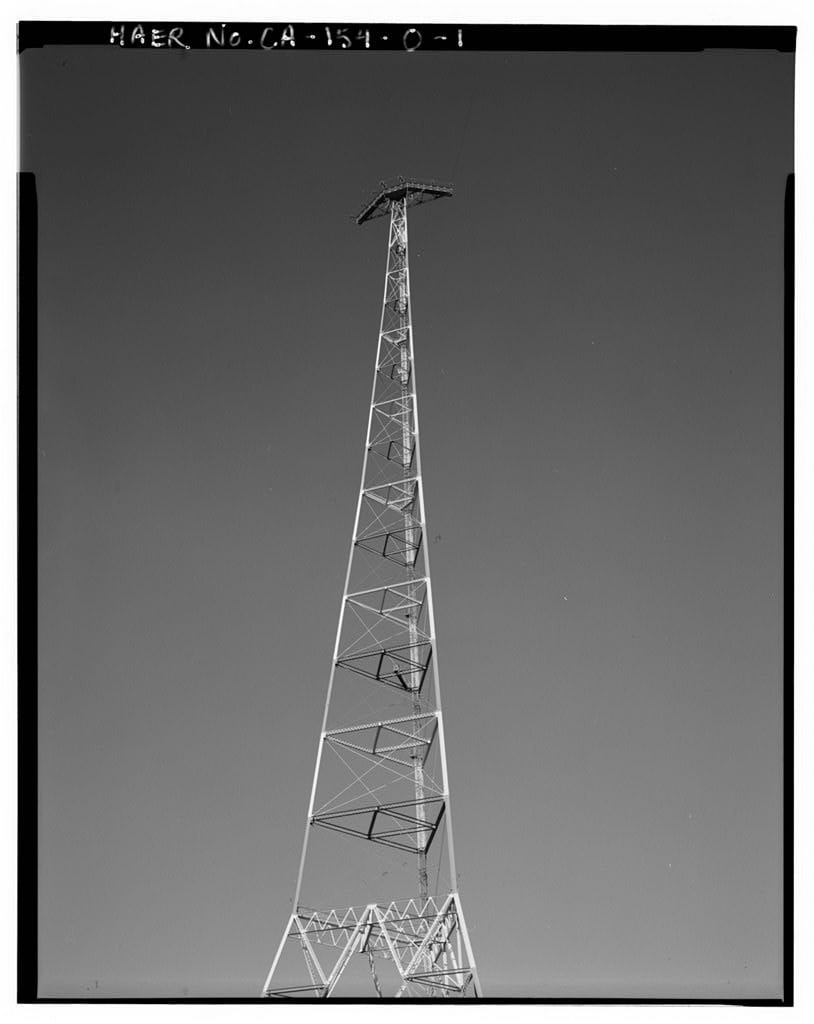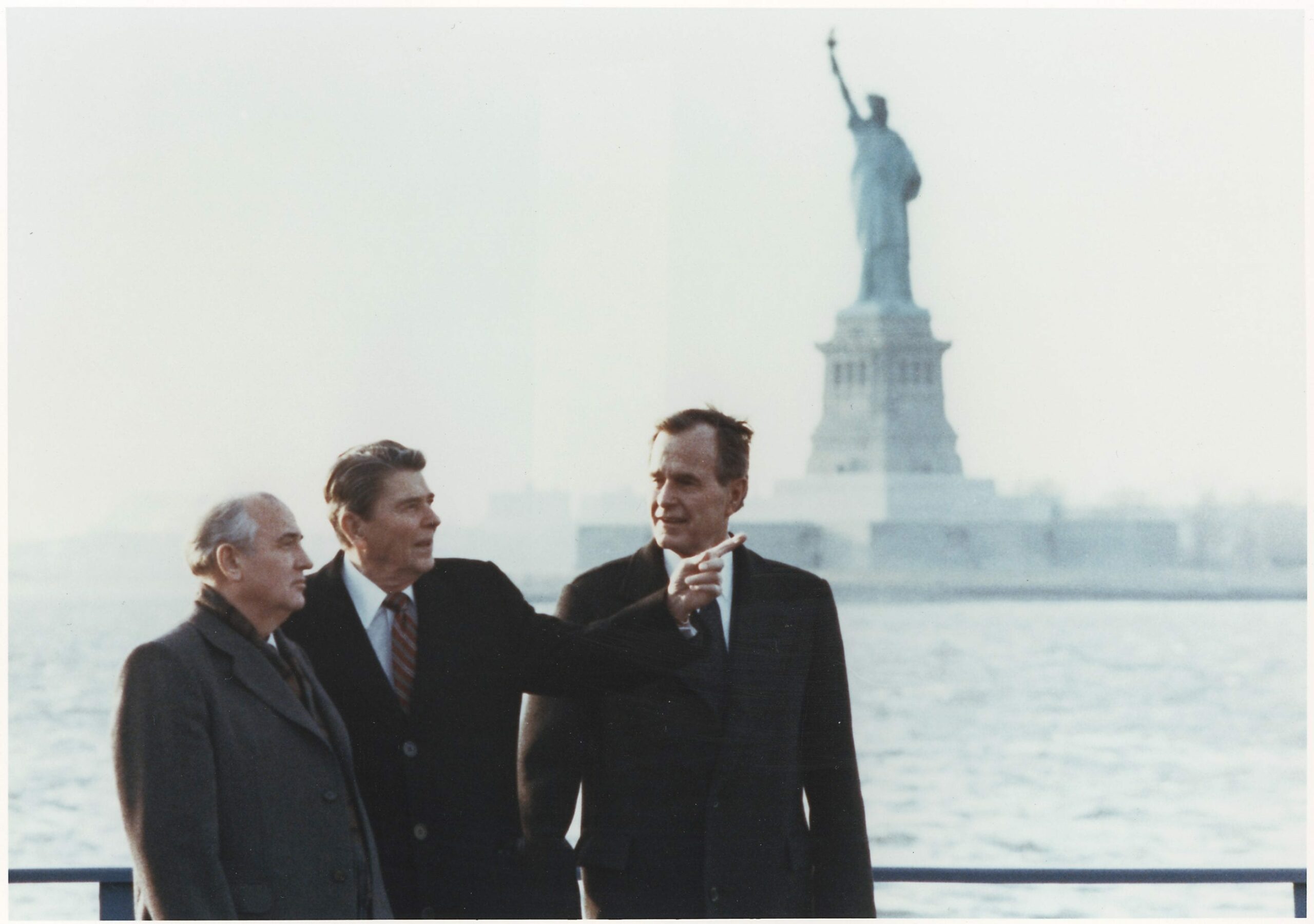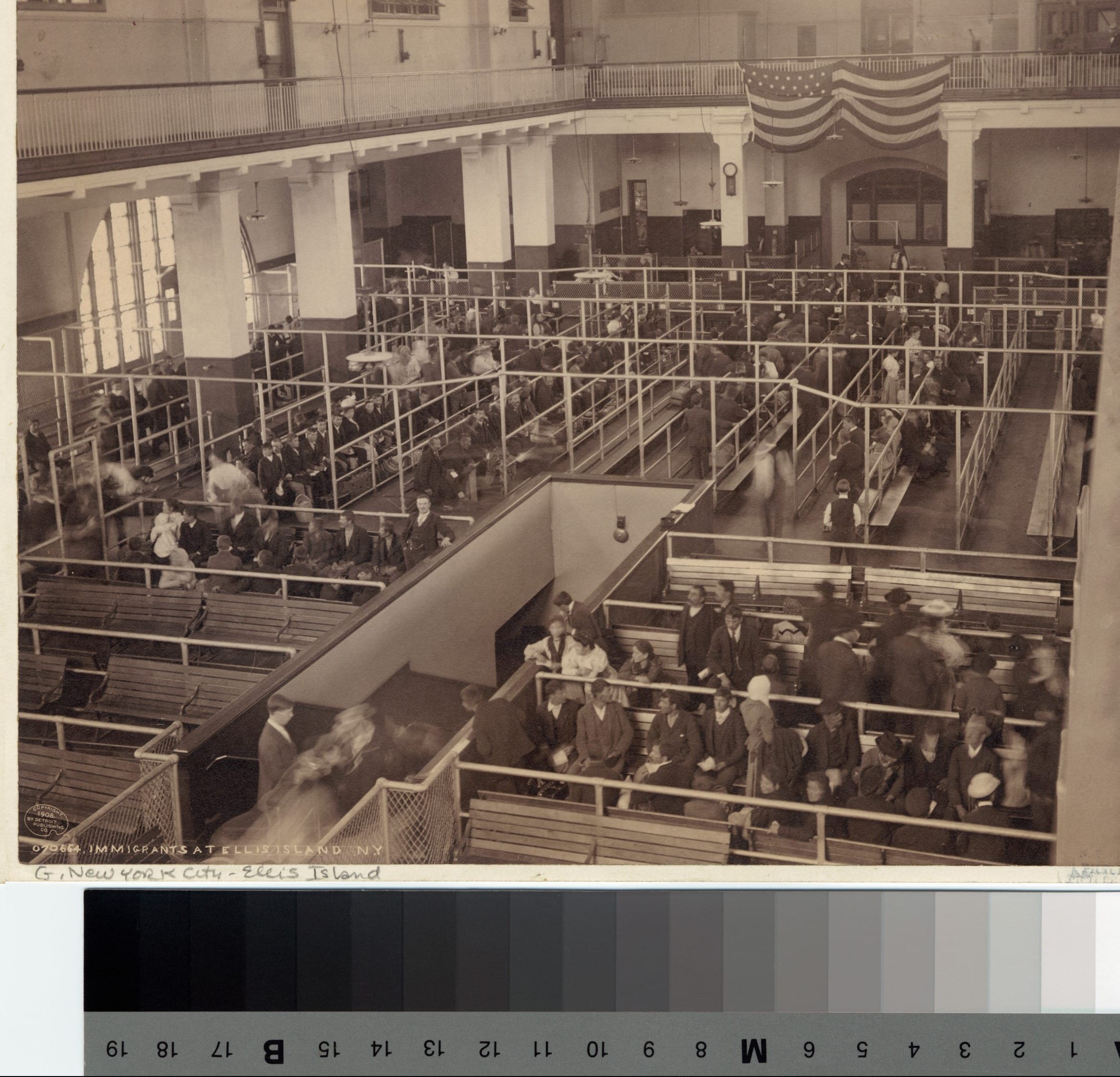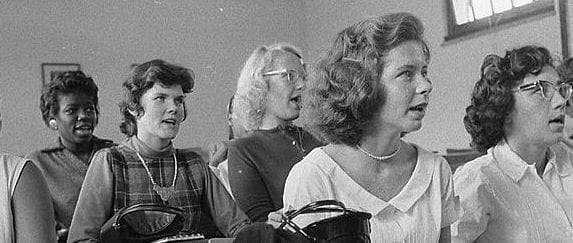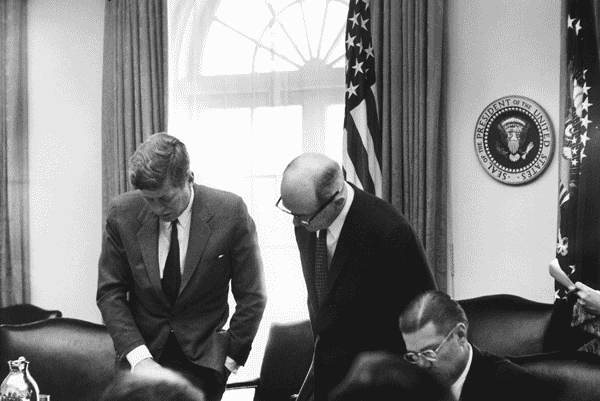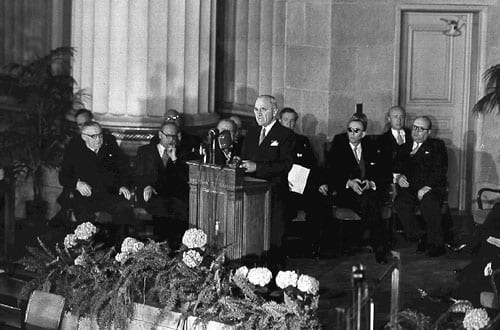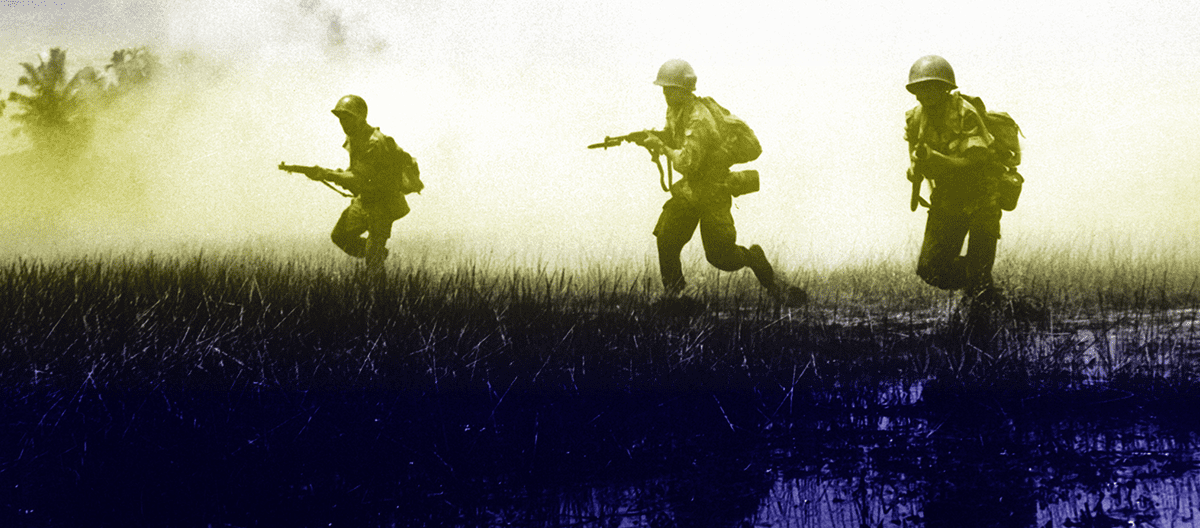Introduction
The Cuban Missile Crisis of October 1962 brought the world to the brink of nuclear war. These documents relate to the crisis’s origins and tensest moments.
In the late 1950s, a revolution replaced Cuba’s undemocratic government with a communist regime led by Fidel Castro. In the face of U.S. efforts to topple his regime, including support for a failed invasion by Cuban exiles at the Bay of Pigs (1961), Castro turned to the Soviet Union, which provided military assistance. The U.S. government closely monitored this aid, as seen by Kennedy’s Statement on Cuba, dated September 4, 1962. In response to Castro’s ties with the Soviets and support for revolution in Latin America, the Kennedy administration intensified covert operations against the Castro regime (Operation MONGOOSE).
In September and October 1962, U.S. reconnaissance flights captured photographic evidence that the Soviet Union was secretly shipping nuclear warheads and missiles to Cuba and building launch bases there. President Kennedy convened a group of advisors (the Executive Committee of the National Security Council or ExComm) to provide recommendations on how to force the Soviet Union to remove the missiles, warheads, and bases. “Soviet Reactions to Certain U.S. Courses of Action on Cuba,” dated October 19, considers the motives of the Soviet Union for the deployment and outlines several possible responses: an ultimatum to the Soviets to remove the bases, a naval blockade, or a surprise military attack.
Intense discussions within the ExComm produced a recommendation to blockade or quarantine the island nation of Cuba in order to prevent completion of the deployment. The ExComm and Kennedy also wanted to use the quarantine as leverage to force the removal of the missiles and warheads already in Cuba. Kennedy announced this action to the country in a televised address on October 22.
The Soviet Union only partially respected the quarantine. Tensions mounted; several generals openly advocated a military strike, not knowing that the Soviet commander in Cuba had the authority to use the nuclear weapons on the island to defend his forces. Had he used the weapons to retaliate against a U.S. military strike, a full nuclear war between the United States and the Soviet Union almost certainly would have broken out. However, Kennedy and Soviet Premier Nikita Khrushchev both continued to seek a peaceful end to the showdown. Letters between the two leaders opened the door to a resolution of the crisis. In exchange for an American commitment to leave Castro alone, the Soviet Union would remove its nuclear weapons and bases. In a provision that was not made public, the United States also promised to remove nuclear missiles it had deployed at bases in Turkey, a U.S. ally. The crisis was over, but the danger of nuclear war in the future had not abated.
—David Krugler
Document 24: Laurence Chang and Peter Kornbluh, eds., “The Cuban Missile Crisis, 1962: The Documents” in The Cuban Missile Crisis, 1962: The 40th Anniversary: A National Security Archive Documents Reader. Available online at The National Security Archive, Washington, DC. https://goo.gl/kbezUC..
4 October 1962
MEMORANDUM FOR RECORD
SUBJECT: Minutes of Meeting of the Special Group (Augmented) on Operation MONGOOSE, 4 October 1962
PRESENT: The Attorney General; Mr. Johnson; Mr. Gilpatric, General Taylor, General Lansdale; Mr. McCone and General Carter . . .
1. The Attorney General opened the meeting by saying that higher authority is concerned about progress on the MONGOOSE program and feels that more priority should be given to trying to mount sabotage operations. The Attorney General said that he wondered if a new look is not required at this time in view of the meager results, especially in the sabotage field. He urged that “massive activity” be mounted within the entire MONGOOSE framework. There was a good deal of discussion about this, and General Lansdale said that another attempt will be made against the major target which has been the object of three unsuccessful missions, and that approximately six new ones are in the planning stage.
Mr. Johnson said that “massive activity” would have to appear to come from within. He also said that he hopes soon to be able to present to the Group a plan for giving Cuban exiles more of a free hand, with the full realization that this would give more visibility to their activities. . . .
2. McCone then said that he gets the impression that high levels of the government want to get on with activity but still wish to retain a low noise level. He does not believe that this will be possible. Any sabotage would be blamed on the United States. . . . He urged that responsible officials be prepared to accept a higher noise level if they want to get on with operations. . . .
3. Returning to Mr. Johnson’s point about the necessity of massive activity coming from within, Mr. McCone pointed out that internal security missions are now so rigid that internal uprisings are sure to be brutally suppressed. It was agreed that the current guidelines do not call for inciting such an uprising.
4. McCone and General Carter explained the tremendous efforts which are necessary to insure that an operation such as the sabotage one previously authorized cannot be pinned directly on the U.S. After considerable discussion, the Group agreed that it is not necessary to go to such extreme lengths to guarantee non-attributability and that short cuts will be acceptable.
5. Gilpatric reported that Defense is now working hard on establishing a Cuban brigade. Recruits will be trained for four or five months and will then be on call for any future action.
6. General Taylor reported that the Joint Staff is refining various military contingency plans, based on a variety of possible situations. Such situations include: Soviet action against Berlin; presence of Bloc offensive weapons in Cuba; attack against Guantanamo; a popular uprising; armed Cuban subversion in the Hemisphere; and the establishment of a direct threat to the U.S.
7. The Group then turned to the subject of reconnaissance of Cuba. . . . It was pointed out that the Agency [CIA] is now restricted to using its high performance vehicle in the southeast quadrant of Cuba, because of the SAM sites. It was questioned whether this is a reasonable restriction at this time, particularly when the SAMs are almost certainly not operational. . . .
8. There was some discussion of the desirability of mining Cuban waters. It was pointed out that non-U.S.-attributable mines, which appear to be homemade, are available and could be laid by small craft operated by Cubans.
9. It was agreed that the Attorney General should act as Chairman of the Special Group (Augmented) at least for the time being.
10. It was agreed that four major points emerged from today’s discussion:
- We ought to go all out for increased intelligence.
- There should be considerably more sabotage.
- Restrictions on attributability can be relaxed so that training and other preparations can be subject to some short cuts.
- All efforts should be made to develop new and imaginative approaches to the possibility of getting rid of the Castro regime.





